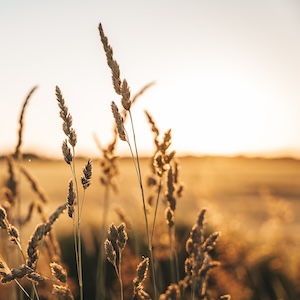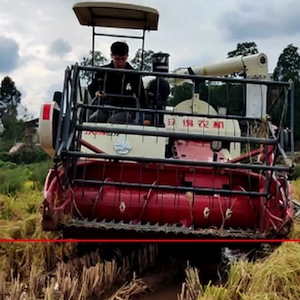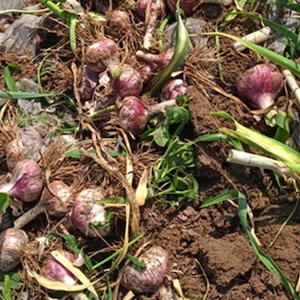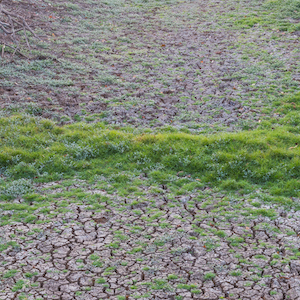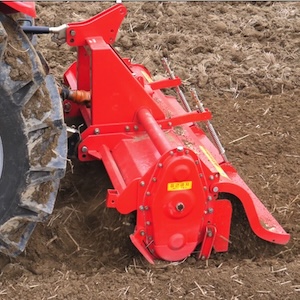Potato powdery scab segmentation using improved GrabCut algorithm
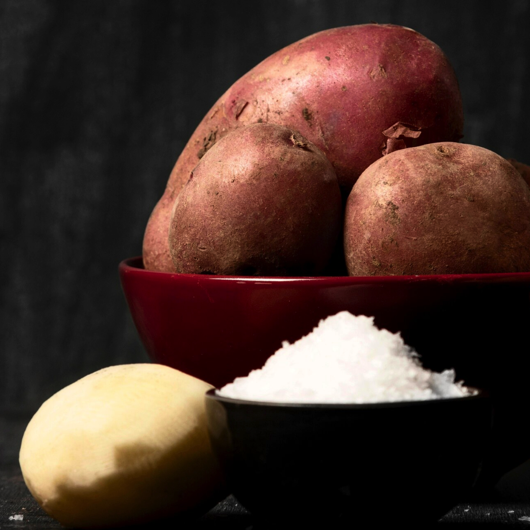
Published: 9 May 2024
Abstract Views: 217
PDF: 163
HTML: 3
HTML: 3
Publisher's note
All claims expressed in this article are solely those of the authors and do not necessarily represent those of their affiliated organizations, or those of the publisher, the editors and the reviewers. Any product that may be evaluated in this article or claim that may be made by its manufacturer is not guaranteed or endorsed by the publisher.
All claims expressed in this article are solely those of the authors and do not necessarily represent those of their affiliated organizations, or those of the publisher, the editors and the reviewers. Any product that may be evaluated in this article or claim that may be made by its manufacturer is not guaranteed or endorsed by the publisher.
Similar Articles
- Andrea Peruzzi, Luisa Martelloni, Christian Frasconi, Marco Fontanelli, Michel Pirchio, Michele Raffaelli, Machines for non-chemical intra-row weed control in narrow and wide-row crops: a review , Journal of Agricultural Engineering: Vol. 48 No. 2 (2017)
- Yerong Sun, Kechuan Yi, Agricultural machinery photoelectric automatic navigation control system based on back propagation neural network , Journal of Agricultural Engineering: Vol. 54 No. 4 (2023)
- Hemanthakumar R. Kappali, Sadyojatha K.M., Prashanthi S.K., Parametric evaluation of segmentation techniques for paddy diseases analysis , Journal of Agricultural Engineering: Vol. 54 No. 4 (2023)
- Yufan He, Qingzhen Zhu, Weiqiang Fu, Changhai Luo, Yue Cong, Wuchang Qin, Zhijun Meng, Liping Chen, Chunjiang Zhao, Guangwei Wu, Design and experiment of a control system for sweet potato seedling-feeding and planting device based on a pre-treatment seedling belt , Journal of Agricultural Engineering: Vol. 53 No. 3 (2022)
- Wei Deng, Chunjiang Zhao, Liping Chen, Xiu Wang, Constant pressure control for variable-rate spray using closed-loop proportion integration differentiation regulation , Journal of Agricultural Engineering: Vol. 47 No. 3 (2016)
- Xiong Bi, Hongchun Wang, Double-branch deep convolutional neural network-based rice leaf diseases recognition and classification , Journal of Agricultural Engineering: Vol. 55 No. 1 (2024)
- Ziyan Fan, Lijun Li, Zicheng Gao, Fuzzy neural network PID control design of camellia fruit vibration picking manipulator , Journal of Agricultural Engineering: Vol. 54 No. 2 (2023)
- Yanmei Meng, Tingting Zhang, Jin Wei, Jinlai Zhang, Xulei Zhai, Design and experiments of an automatic pipe winding machine , Journal of Agricultural Engineering: Vol. 54 No. 2 (2023)
- Jingtao Li, Hao Chen, Guisong Li, Yueqi Liu, Yanli Yang, Xia Liu, Chang Yi Wang, Detection method of potato leaf disease based on YOLOv5s , Journal of Agricultural Engineering: Vol. 55 No. 3 (2024)
- Luisa Martelloni, Christian Frasconi, Mino Sportelli, Marco Fontanelli, Michele Raffaelli, Andrea Peruzzi, Hot foam and hot water for weed control: A comparison , Journal of Agricultural Engineering: Vol. 52 No. 3 (2021)
You may also start an advanced similarity search for this article.

 https://doi.org/10.4081/jae.2024.1585
https://doi.org/10.4081/jae.2024.1585 




